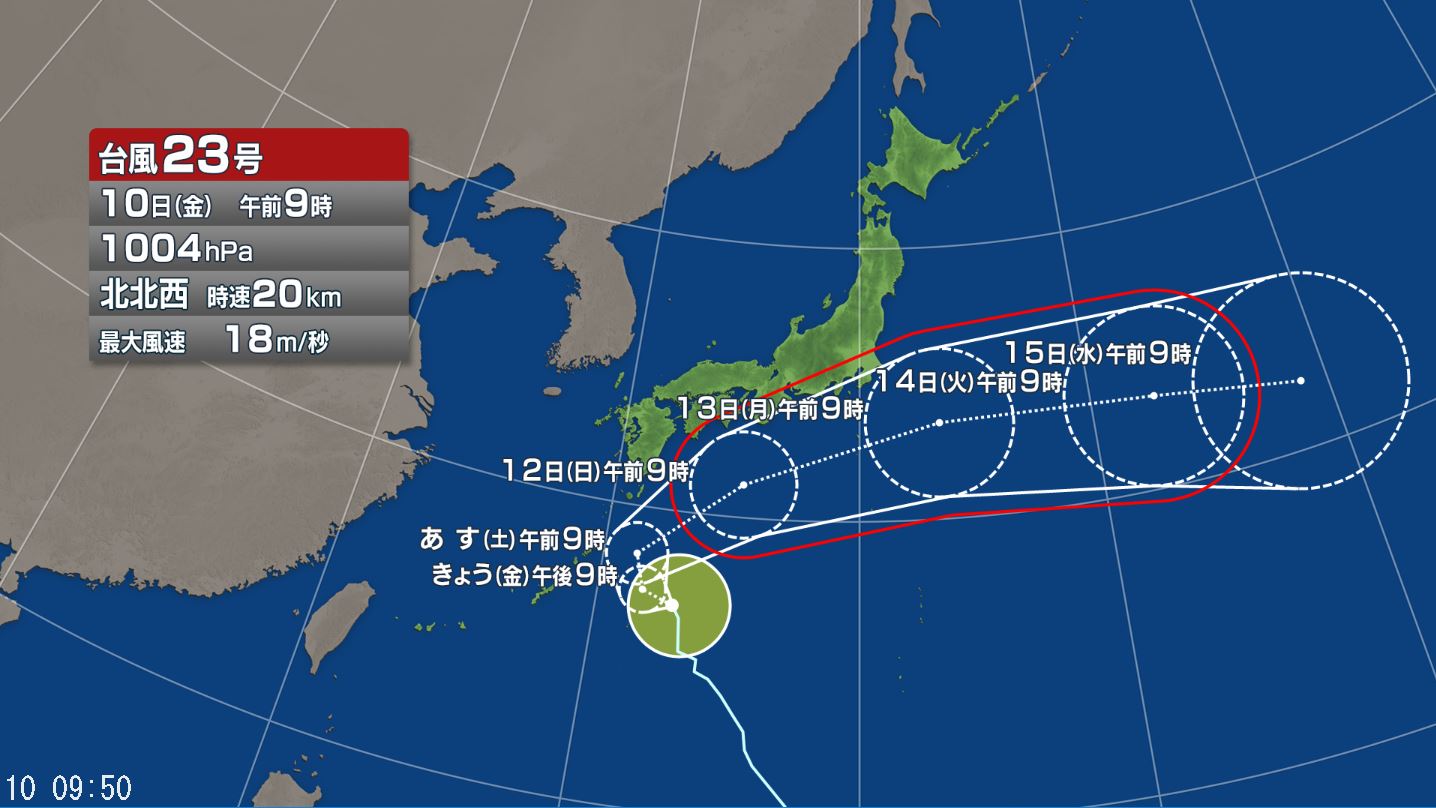Typhoon 23, bearing significant destructive potential, is predicted to approach the Amami Region in Japan on November 11. This area is renowned for its remarkable natural beauty, historic sites, and diverse ecosystem. As citizens brace for possible impact, meteorological experts anticipate severe weather conditions that might lead to potential land, water, and air transportation disruptions. Authorities are on high alert, and efforts are being made to ensure the safety of residents and the preservation of the environment.
In Japan, typhoons are a recurring natural disaster and receive extensive media coverage. Public concern revolves around the safety of the people and the potential damage to infrastructure and the environment. The Japanese government prioritizes disaster prevention and preparedness meticulously, often issuing early warnings and carrying out evacuation orders in a timely and systematic manner.
In comparison to the US or EU, where hurricanes and other similar cataclysmic weather events occur, Japan has a highly efficient disaster management system. However, like these regions, climate change and its subsequent impact on increasing catastrophic climatic events is a matter of significant concern in Japan.

